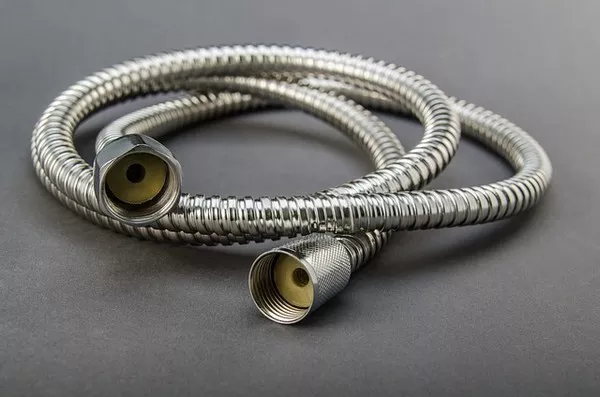In the world of precious metals investment, silver holds a unique position. While gold often steals the limelight due to its historical significance and perceived stability, silver, particularly in the form of junk silver, presents an intriguing investment opportunity. But the question arises: How much junk silver should one own? To answer this question effectively, it’s essential to delve into the fundamentals of junk silver, its significance in an investment portfolio, and considerations for determining the appropriate allocation.
What is Junk Silver?
Junk silver refers to coins minted before 1965 in the United States that contain 90% silver content. These coins were commonly used as everyday currency before the shift to base metal coins in the mid-1960s. Examples of junk silver coins include the pre-1965 dimes, quarters, and half-dollars. Despite the name “junk,” these coins hold intrinsic value due to their silver content, making them sought after by investors and collectors alike.
Significance of Junk Silver in Investment Portfolio
Intrinsic Value: Unlike fiat currency, which is subject to inflation and geopolitical uncertainties, junk silver derives its value from its metal content. This intrinsic value provides a hedge against economic instability and currency devaluation.
Liquidity: Junk silver coins are divisible, recognizable, and easily tradable. In times of crisis or economic uncertainty, silver coins can serve as a medium of exchange, offering liquidity when traditional currencies falter.
Portfolio Diversification: Including junk silver in an investment portfolio helps diversify risk. Silver often exhibits low correlation with other asset classes, such as stocks and bonds, making it an effective diversification tool to mitigate portfolio volatility.
Historical Significance: Junk silver coins carry historical significance, appealing to collectors and numismatists. Their age and rarity can contribute to their value beyond their silver content, offering potential upside for investors.
Factors to Consider in Determining Allocation
Risk Tolerance: Individual risk tolerance plays a crucial role in determining the allocation of junk silver in an investment portfolio. Investors with a lower risk tolerance may allocate a smaller percentage of their portfolio to silver, while those with a higher risk tolerance may opt for a more significant allocation.
Investment Objectives: Clarifying investment objectives is essential in determining the appropriate allocation of junk silver. Whether the goal is wealth preservation, capital appreciation, or speculation will influence the allocation decision.
Market Conditions: Current market conditions, including silver prices, supply-demand dynamics, and macroeconomic factors, should inform allocation decisions. Investors may adjust their allocation based on their assessment of market opportunities and risks.
Overall Portfolio Composition: Consideration of the overall portfolio composition is necessary to ensure proper diversification. Junk silver should complement other assets in the portfolio, such as stocks, bonds, and real estate, to achieve a balanced risk-return profile.
Storage and Security: Owning physical silver requires adequate storage and security measures to protect against theft and damage. Consideration should be given to storage options, such as home safes, bank vaults, or third-party storage facilities, depending on individual preferences and risk tolerance.
Guidelines for Determining Allocation
While there is no one-size-fits-all answer to how much junk silver one should own, several guidelines can help investors make informed allocation decisions:
Allocate a Percentage of Total Portfolio: Financial advisors often recommend allocating 5% to 20% of a diversified investment portfolio to precious metals, including silver. Within this allocation, junk silver can constitute a portion based on individual preferences and risk tolerance.
Consider Silver’s Role in Portfolio: Evaluate the role of silver within the portfolio, whether it serves as a hedge against inflation, a diversification tool, or a speculative investment. Allocate accordingly to align with investment objectives.
Regular Review and Rebalancing: Periodically review the investment portfolio and rebalance allocations as needed to maintain desired asset allocation targets. Changes in market conditions or investment objectives may warrant adjustments to junk silver holdings.
Dollar-Cost Averaging: Implement a dollar-cost averaging strategy to gradually accumulate junk silver over time. This approach helps mitigate the impact of price volatility and allows for disciplined investing regardless of market fluctuations.
Seek Professional Advice: Consult with financial advisors or precious metals experts to gain insights tailored to individual circumstances. Professional guidance can help navigate the complexities of precious metals investing and ensure alignment with long-term financial goals.
Conclusion
Owning junk silver can be a prudent addition to an investment portfolio, offering diversification, liquidity, and a hedge against economic uncertainty. Determining the appropriate allocation of junk silver requires careful consideration of factors such as risk tolerance, investment objectives, market conditions, and portfolio composition. While guidelines exist to aid in allocation decisions, individual circumstances and preferences ultimately dictate the optimal allocation of junk silver. By understanding the significance of junk silver and conducting thorough analysis, investors can enhance their portfolio’s resilience and potentially benefit from the intrinsic value of silver coins.


